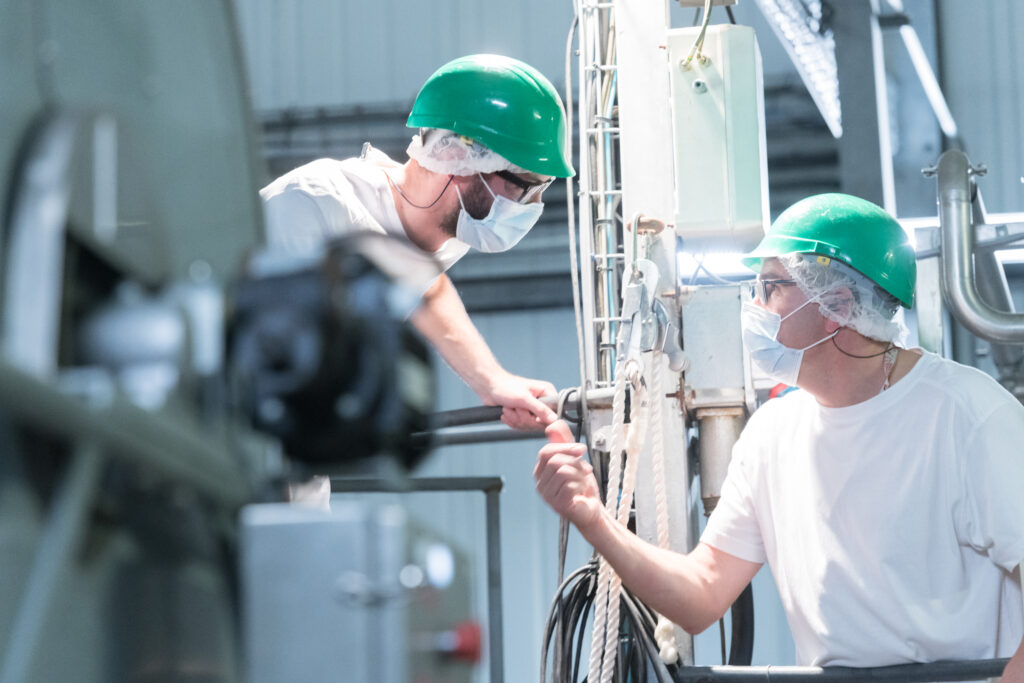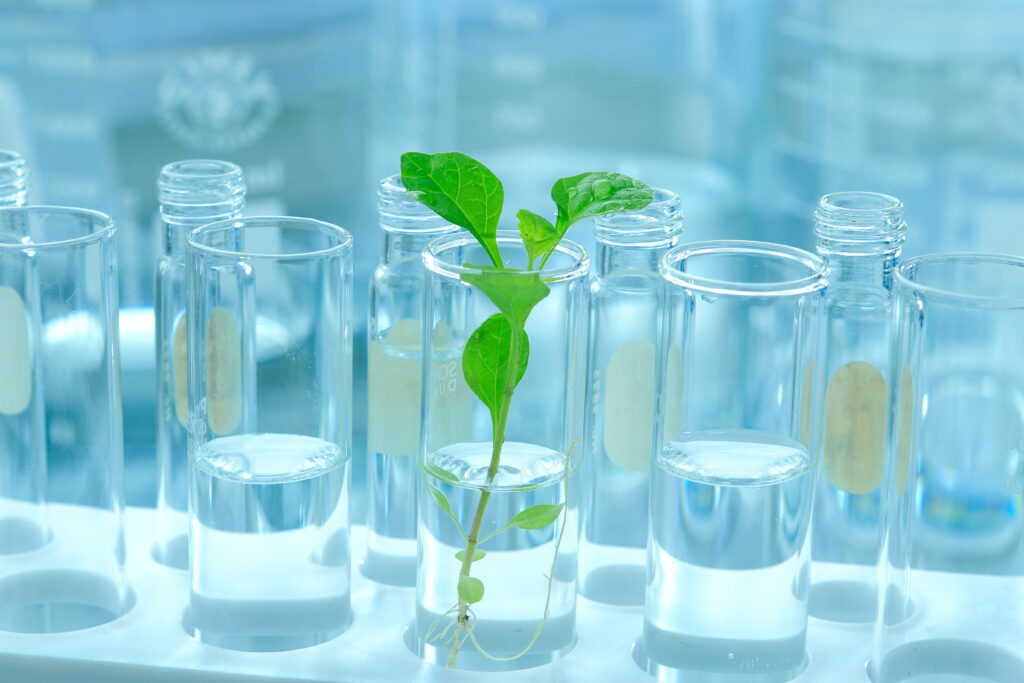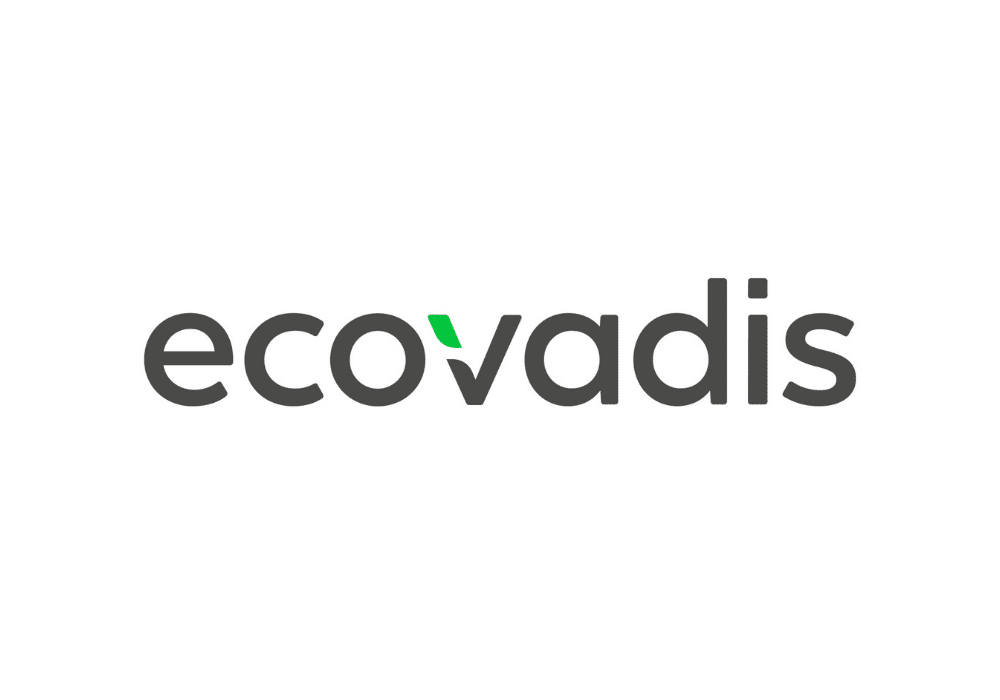Drug production: understanding the French healthcare ecosystem
Since the early 2000s, the French pharmaceutical industry has undergone significant changes, marked in particular by a sharp decline in domestic drug production and a reduction in its industrial capacity, which halved between 2005 and 2023 (46.5B$ of revenue in 2023).¹
Despite France’s massive investment in research and development, these efforts have not been sufficient to maintain its leading position. While France was ranked global leader in drug manufacturing 15 years ago, since 2023 it has slightly slipped to fifth place worldwide and second in Europe (behind Germany).¹
Furthermore, the Covid-19 health crisis has revealed the vulnerability of supply chains, with 80% of active ingredients imported from Asia and 40% of drugs marketed in the European Union sourced from abroad.²
As for pharmaceutical companies, many patents have fallen into the public domain, forcing them to refocus their medical research priorities at the expense of local production.
In light of these findings, a key question arises: in terms of medical innovation and drug production, what is the current state of the French healthcare ecosystem?

The main players in drug production
In France, pharmaceutical laboratories are at the heart of the national drug production strategy and play a leading role in research and development.³
Companies such as Pierre Fabre and Sanofi are major players in the French pharmaceutical industry and occupy a central place in the healthcare ecosystem.
In order to optimize their performance and better meet market demands, these laboratories outsource part of their production to specialized service providers:⁴
- CDMOs (Contract Development and Manufacturing Organizations), which handle both drug development and production.
- CMOs (Contract Manufacturing Organizations), which focus exclusively on production.
These industrial subcontractors enable pharmaceutical companies to increase efficiency and productivity, streamline production and better control costs.⁴⁵
European firms such as Lonza and Rentschler Biopharma, and Fareva, Delpharm and Recipharm based in France, are among the leaders in the sector.⁶ These three French companies form part of the CDMO France association, which brings together 24 pharmaceutical subcontractors spread across 80 industrial sites, enabling the production of 3.5 billion boxes of medicines per year.⁶
Beyond CDMOs and CMOs, excipient manufacturers represent a crucial link in the medicine production chain. They provide the inactive substances essential for drug formulation, such as pharmaceutical-grade lactose. At Lactalis Ingredient Pharma, we are committed to sourcing from France, supporting French players and contributing to a more balanced supply chain, while maintaining the high-quality standards expected in the national healthcare ecosystem.
Medical research vs. drug production
Medical research and the pharmaceutical industry are facing pressures that are driving the relocation of drug production. These include:⁷
- Budgetary constraints and challenges related to the production process: R&D requires heavy investment, while production must be profitable quickly. The need for financing is keenly felt, and stakeholders favor less costly processes, particularly in the production of tablets. There is a notable upward trend in direct compression production compared to more traditional wet or dry granulation before compression processes.
- The regulatory framework: quality requirements and restrictive standards, as well as the lengthy medical research and marketing authorization (MA) process, create structural tension between fundamental research and immediate industrial imperatives.

Measures are being implemented to remedy this. On the one hand, through public health policies, by providing funding and government support. On the other hand, through French public institutions, such as:
- Inserm: a public scientific research organization dedicated to human health, which promotes scientific discoveries and supports researchers and manufacturers in obtaining patents.⁷
- F-CRIN: a clinical research infrastructure network in association with Inserm, which supports the early phases of clinical trials and strengthens the link between academic research and subsequent industrial production.⁸ It targets 19 major diseases (including autoimmune diseases, cardiovascular diseases and Parkinson’s disease), in addition to rare diseases.
Towards a Sovereign Drug Production Ecosystem in France
To prevent industrial relocation and restore pharmaceutical sovereignty, a range of government initiatives have been implemented.
The France 2030 plan aims in particular to strategically relocate the production of essential medicines.⁹ To date, 14 projects have been supported with a total of €50 million in public funding. Generating nearly €300 million in industrial investment, this initiative aims to boost the domestic production of 42 essential medicines on French territory.⁹
Major players in the sector are making concrete commitments to this movement:²
- Pierre Fabre is also relocating its entire production chain, from active ingredients to packaging.
- Ipsen is investing €40 million to relocate the production of anti-cancer drugs.²
At the same time, France is catching up with regard to the production of biomedicines (vaccines, antibodies, etc.). To this end, it has created France Biolead, an organization dedicated to representing and accelerating the development of the domestic biomedical production sector.
The aim is to structure, manage and promote the French biomedical production sector and its players. This initiative aims to make France a leader in biomedical production by 2030.¹⁰
The healthcare ecosystem plays a decisive role in both public health and the French economy. In the last few years, major pharmaceutical companies have increasingly focused on medical research, opting to outsource drug production. This strategic shift has created new development opportunities for CDMOs and CMOs, which now play a central role in offering efficient and high-quality manufacturing.
At the same time, distributors and producers of active pharmaceutical ingredients (APIs) and excipients are essential to streamline sourcing and support local production. Lactalis Ingredient Pharma, for example, contributes to this ecosystem by supplying pharmaceutical lactose produced in France, reinforcing the resilience and balance of the national pharmaceutical supply chain.
[1] Leem, Bilan économique Edition 2024, 2024
[2] Elysee, Renforcer notre souveraineté sanitaire, 2023
[3] Commission européenne, Une stratégie pharmaceutique pour l’Europe, 2023
[4] CDMO France, Qu’est-ce que la sous-traitance pharmaceutique ou CDMO ?, 2020
[5] Adrago pharma, CDMO: Qu’est-ce que c’est et quels sont ses avantages pour votre entreprise, 2024.
[6] CDMO France, L’association CDMO France, 2024
[7] Inserm, La valorisation et le transfert des découvertes, 2017
[9] Ministère de l’économie des finances et de la souveraineté industrielle et numérique, France 2030 : accélérer la relocalisation des médicaments essentiels, 2025






